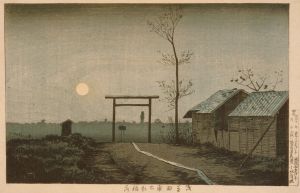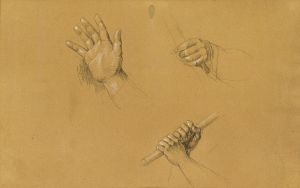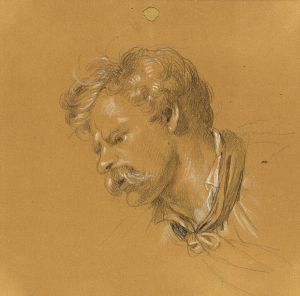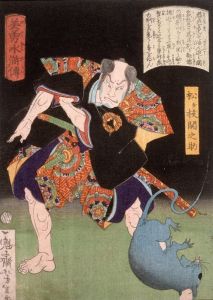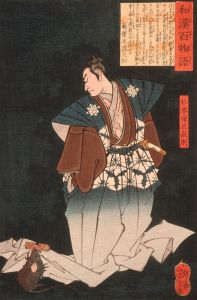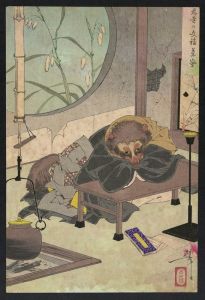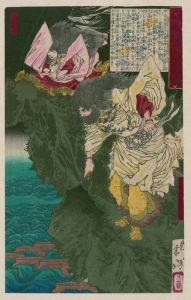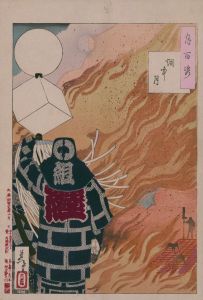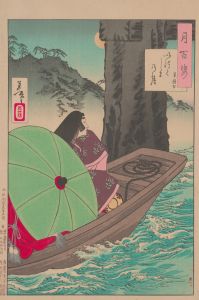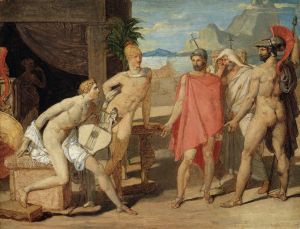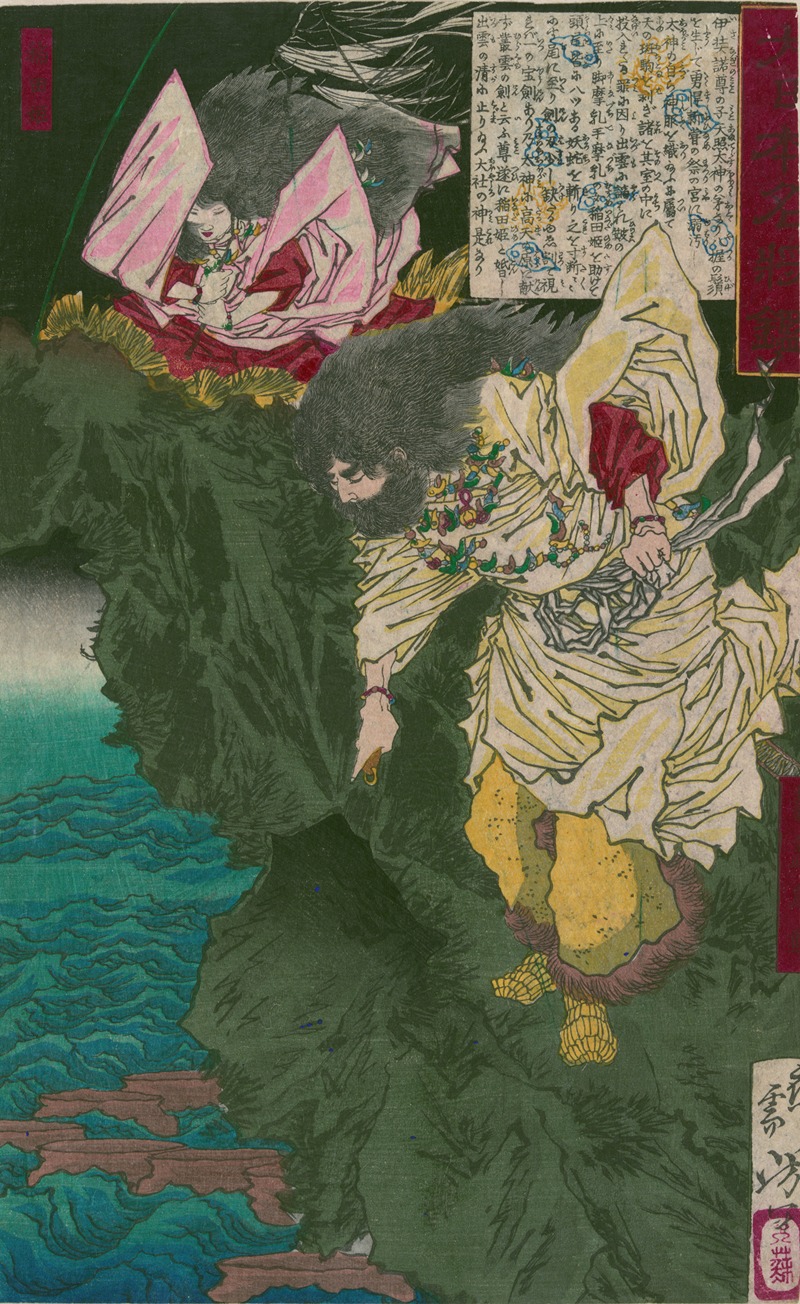
Susanō no mikoto
A hand-painted replica of Tsukioka Yoshitoshi’s masterpiece Susanō no mikoto, meticulously crafted by professional artists to capture the true essence of the original. Each piece is created with museum-quality canvas and rare mineral pigments, carefully painted by experienced artists with delicate brushstrokes and rich, layered colors to perfectly recreate the texture of the original artwork. Unlike machine-printed reproductions, this hand-painted version brings the painting to life, infused with the artist’s emotions and skill in every stroke. Whether for personal collection or home decoration, it instantly elevates the artistic atmosphere of any space.
Tsukioka Yoshitoshi (1839-1892) was a renowned Japanese artist, widely celebrated for his woodblock prints and his role in the ukiyo-e art movement. One of his notable works is "Susanō no mikoto," which depicts the Shinto deity Susanoo, a prominent figure in Japanese mythology.
Susanoo, also known as Susanoo-no-Mikoto, is a storm god in Shinto religion and Japanese mythology. He is the brother of the sun goddess Amaterasu and the moon god Tsukuyomi. Susanoo is often portrayed as a powerful and tempestuous deity, known for his rebellious nature and his significant role in various mythological tales.
The artwork "Susanō no mikoto" by Yoshitoshi captures a moment from one of the most famous legends involving Susanoo. In this legend, Susanoo slays the fearsome eight-headed dragon Yamata no Orochi to save the maiden Kushinada-hime. After defeating the dragon, Susanoo discovers the legendary sword Kusanagi-no-Tsurugi (originally known as Ame-no-Murakumo-no-Tsurugi) within one of its tails. This sword later becomes one of the three Imperial Regalia of Japan, symbolizing the divine right of the Japanese emperors.
Yoshitoshi's depiction of Susanoo is both dramatic and dynamic, showcasing the artist's mastery of the woodblock printing technique. The print likely emphasizes the intense moment of battle, with Susanoo wielding his sword against the monstrous dragon. Yoshitoshi's use of vivid colors, intricate details, and expressive lines brings the mythological scene to life, capturing the viewer's imagination and conveying the epic nature of the story.
Yoshitoshi's work is significant not only for its artistic merit but also for its cultural and historical context. During the late Edo period and early Meiji era, Japan was undergoing significant social and political changes, including the opening of the country to the West and the modernization of its society. Yoshitoshi's prints, including "Susanō no mikoto," reflect a blend of traditional Japanese themes and techniques with influences from Western art, which was becoming increasingly accessible during this time.
Yoshitoshi's dedication to preserving and revitalizing the ukiyo-e tradition is evident in his works. Despite the challenges faced by woodblock print artists in the late 19th century, including competition from new printing technologies and changing tastes, Yoshitoshi continued to produce prints that celebrated Japanese mythology, history, and culture. His prints often explored themes of heroism, beauty, and the supernatural, resonating with both contemporary audiences and future generations.
In summary, "Susanō no mikoto" by Tsukioka Yoshitoshi is a remarkable woodblock print that illustrates a key moment in Japanese mythology. Through his skillful artistry, Yoshitoshi brings to life the legendary tale of Susanoo and the dragon Yamata no Orochi, highlighting the enduring power and appeal of these ancient stories. The print stands as a testament to Yoshitoshi's talent and his contribution to the ukiyo-e tradition, as well as the rich cultural heritage of Japan.





